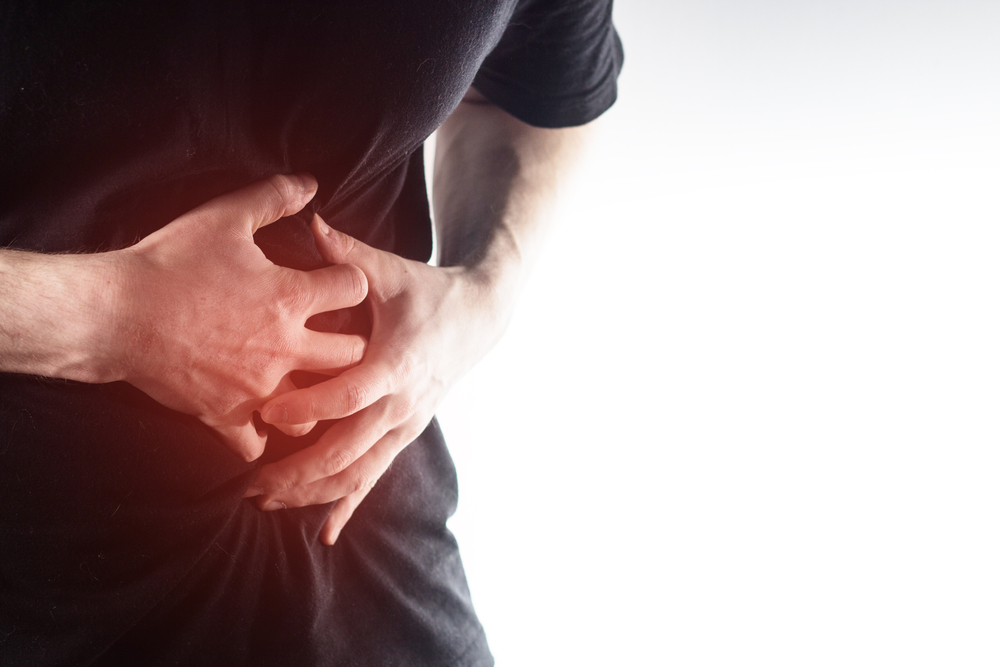Gallbladder pain is an encompassing term that refers to any pain caused by a disease related to the gallbladder. And this pain is just part of gallbladder diseases (GBD) that is a health concern around the globe. In a report by National Health and Nutrition Examination Survey (NHANES III) in the United States, “a total of 20.5 million persons in the United States, 6.3 million men and 14.2 million women, aged 20–74 years, were estimated to have GBD”.
The gallbladder is a 4-inch long, pear-shaped organ that is found below your liver. Its primary function is to store and concentrate on a substance called bile. Bile is produced by the liver which the human body uses for digestion or to digest fats. If the digestion happens painlessly, the gallbladder is considered to be healthy. However, when there is a bad sensation in the upper right region of your abdomen and if you think that there is discomfort there, that’s the time that you have to consult a doctor.


